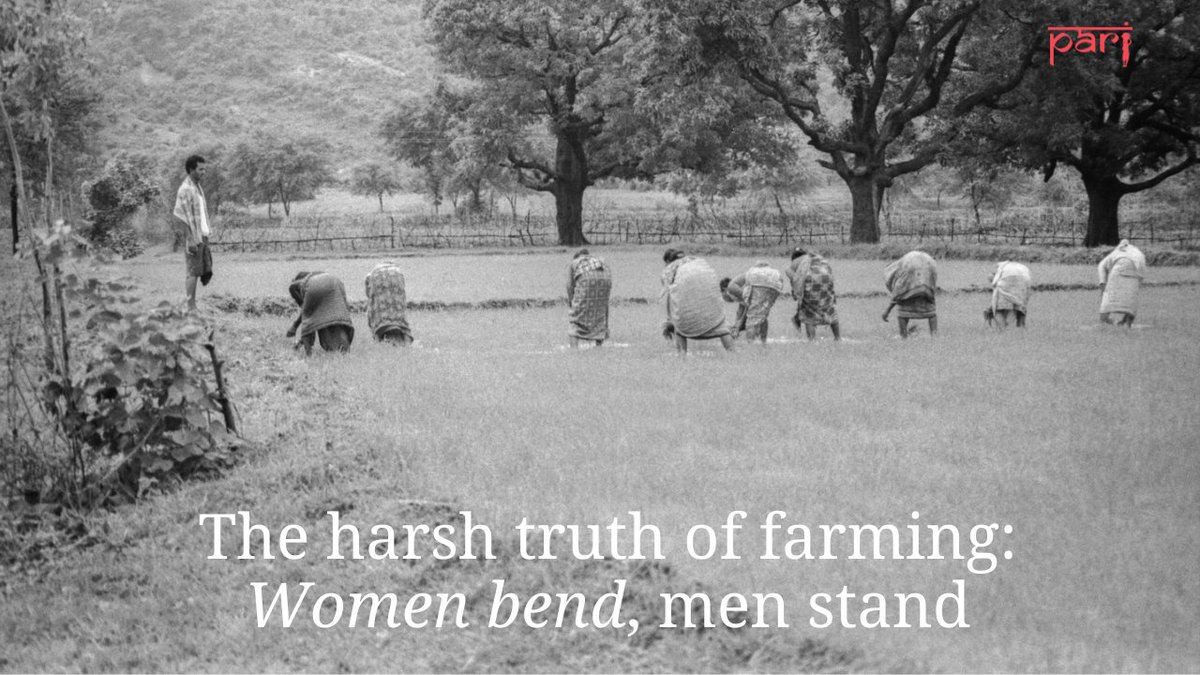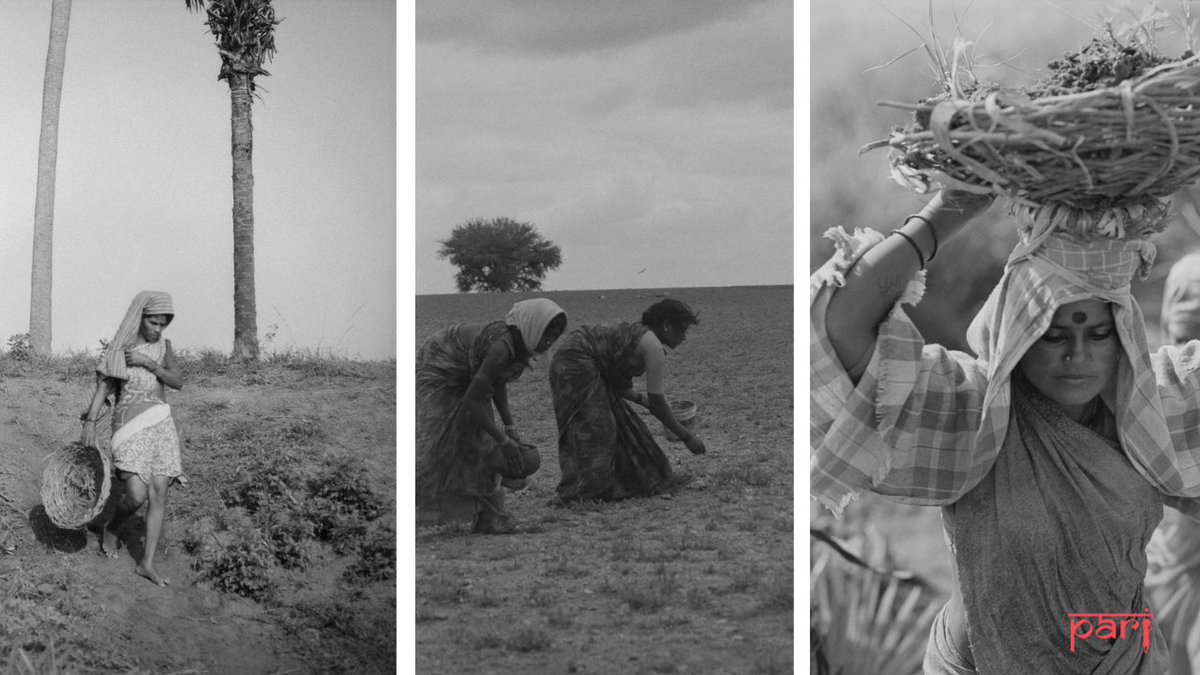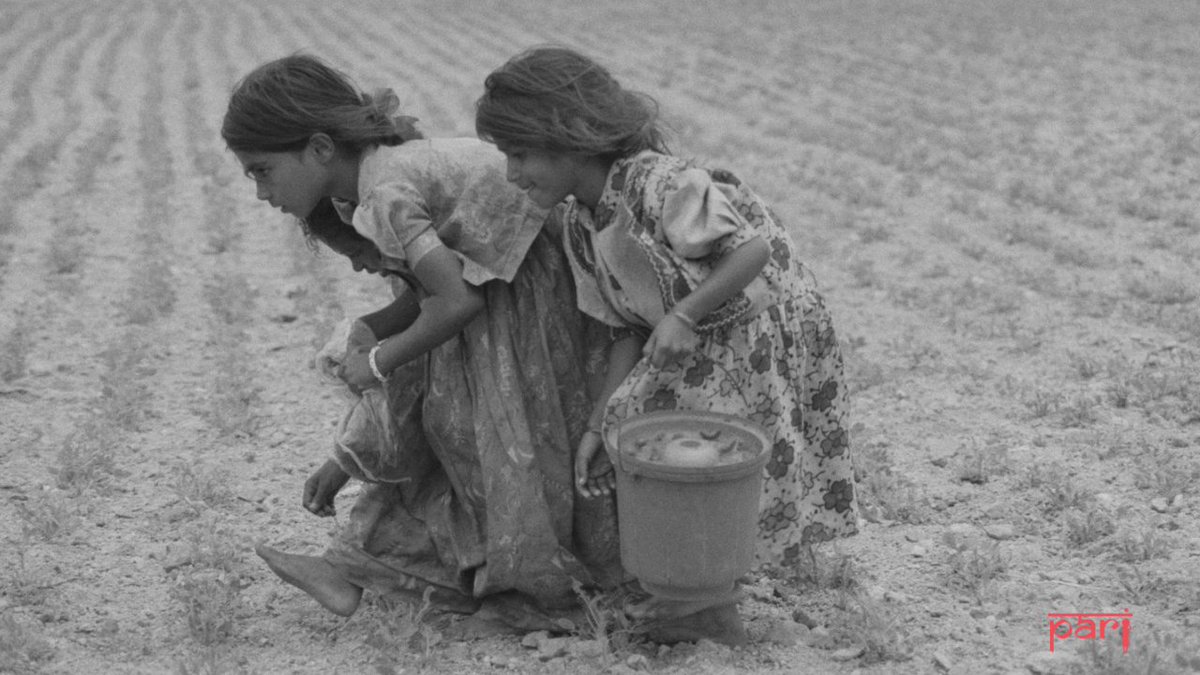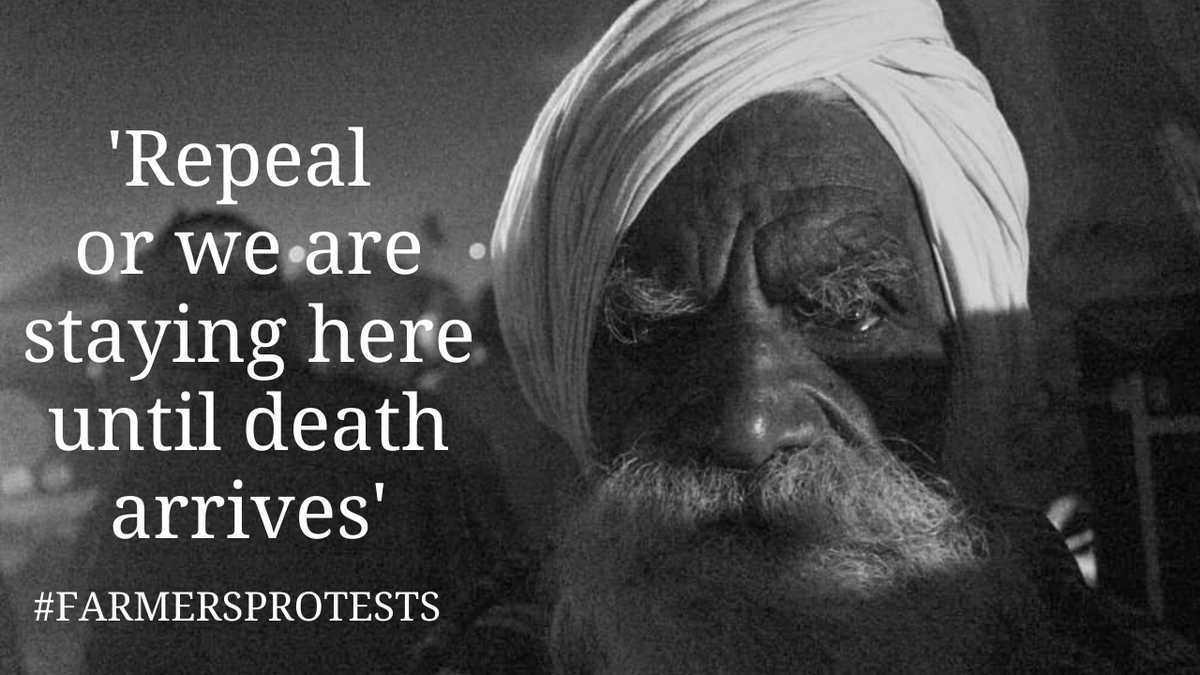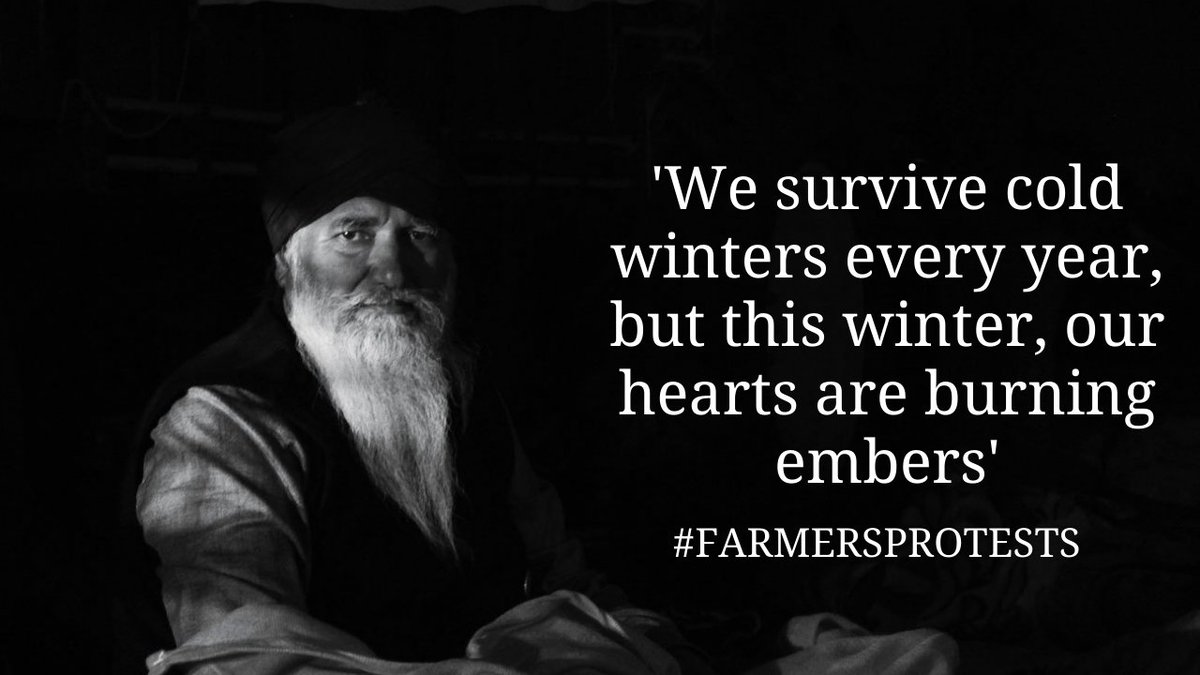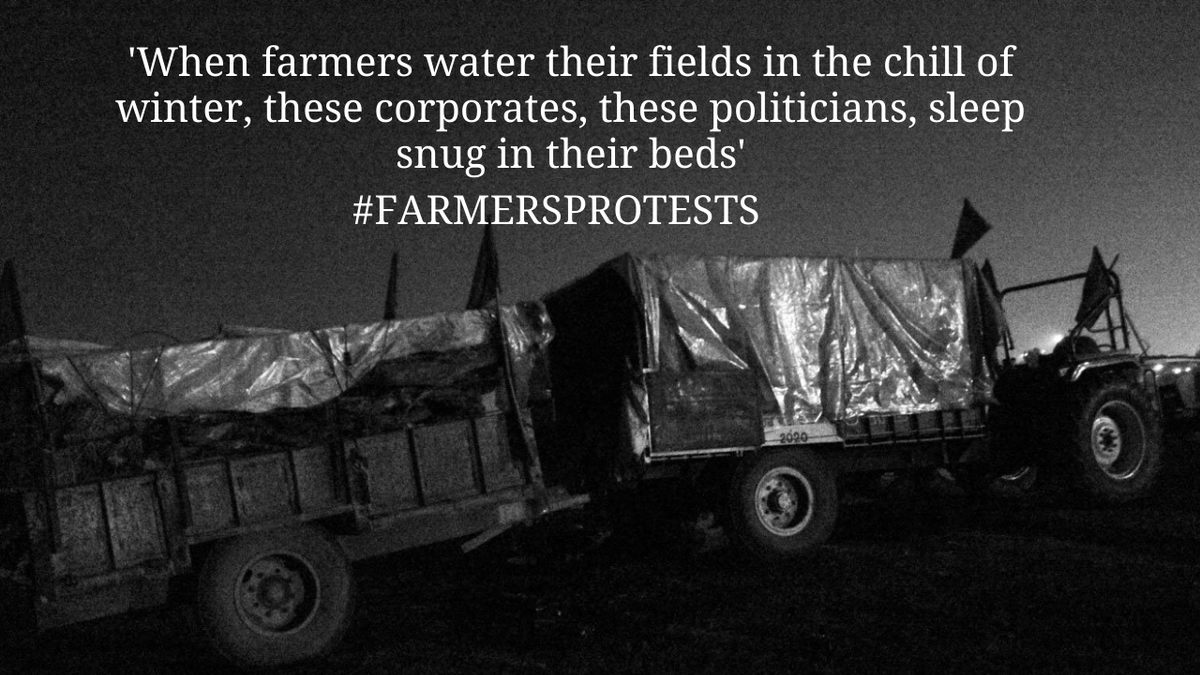
“I call them Palenki, Iddi, Bori, Lingi...they are the names of our goddesses,” says 80-old-year Gantala Gori. In villages near the Amrabad Tiger Reserve in Telangana, the indigenous Poda Thurupu cattle are a farmers' precious resource. [Photo thread]
ruralindiaonline.org/articles/sturd…
ruralindiaonline.org/articles/sturd…

The cattle have spots, people here call them 'Poda Thurupu' – in Telugu, 'poda' means spot and 'thurupu' mean the East. The Poda Thurupu are of great help to small and marginal farmers who cannot afford tractors and other farm machinery. 2/n 
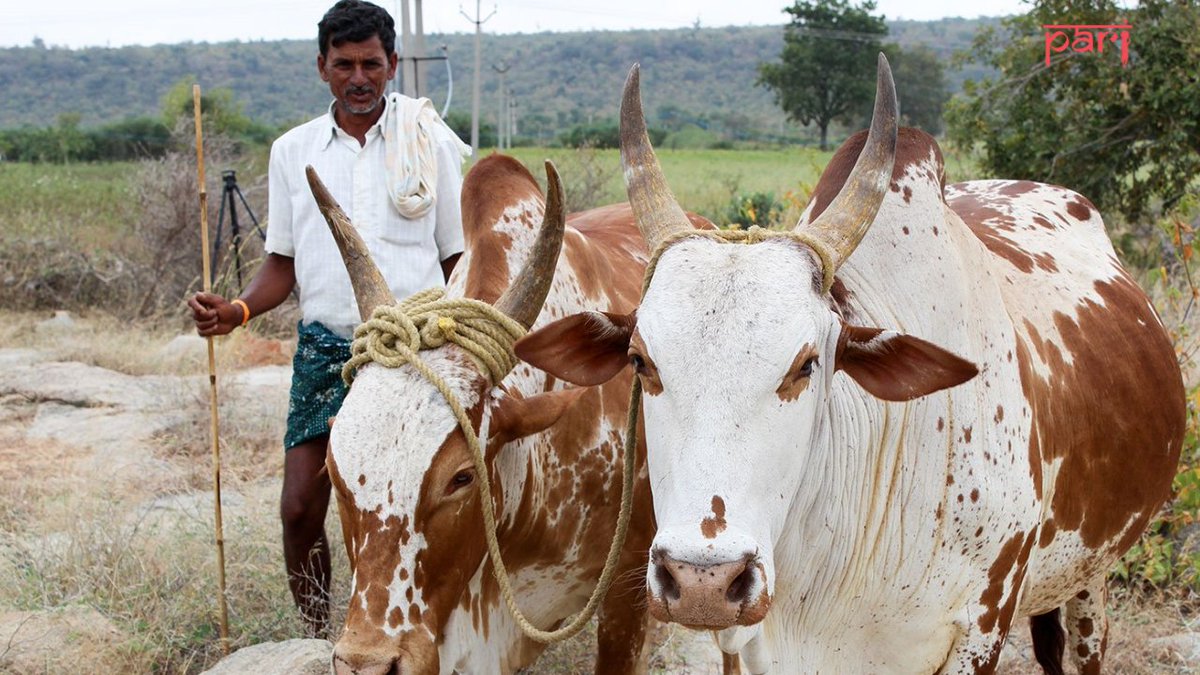
Women don’t usually herd or trade cattle in the communities here, but look after them when the animals are kept in the sheds at home. At times, if the cattle are taken to nearby forests, the women accompany their husbands and stay there in temporary huts. 3/n 
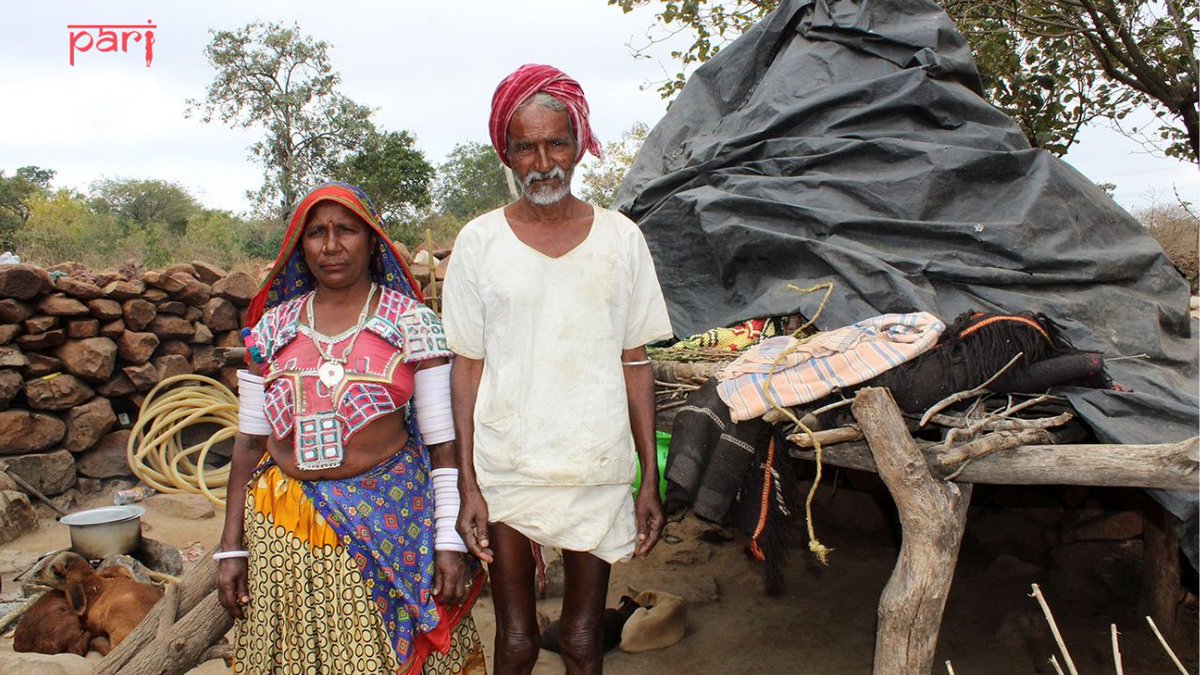
Amrabad is a dry, deciduous forest covered with scrub, grass, bamboo. From Jun-Oct, there is enough food in the buffer zones of the reserve. But from Nov, the grazing grounds go dry. The forest dept.’s restrictions on entering the core zone make it difficult to find fodder. 4/n 

The Lambadi (a Scheduled Tribe), the Yadava (Golla) (an OBC) and Chenchu (a Particularly Vulnerable Tribal Group) are traditional breeders of the Thurupu. The animals have short, sharp horns and hard, strong hooves. They move easily in different kinds of terrain. 5/n 

They can move on wet as well as dry stony soil, and pull heavy loads with ease. They can also survive the region’s heat with little water for long periods of time. The camped herd below is 15 kms from Srisailam dam, after they crossed over from Telangana to Andhra Pradesh. 6/n 

They can easily cross the Krishna river. With a single command, all of them jump into the river. Herders do not beat them to follow our orders. A whistle is enough. Even a two-week-old calf can swim. 7/n 

Eslavath Banya Nayak keeps most of the cow’s milk for the calves to ensure they grow up healthy. He herds around 150 rugged cows across the Hyderabad-Srisailam highway. 8/n 

The traders sell 12 to 18 month-old male calves purchased from breeders like Nayak for Rs. 25,000-30,000 per pair. Nayak sells around five pairs for the fair, and sometimes 1-2 more during the rest of the year. 9/n 

Moving in a large group, the cattle shuttle between the core and buffer zones for fodder. In the forest, herders can sense if a predator is close by. If it [a tiger, leopard, bear] is around Amrabad zone, together they chase it away and move to Achampet [forest] zone. 10/n 

The Poda Thurupu cattle are of great help to small and marginal farmers like Rathnavath Ramesh (above) “They never go back on work, however tough it may be. Let us assume that it knows that it will die tomorrow. Then, it works all day, comes home, and dies the next day." 11/n 

Every year, at 'Kurumurthy Jatara' [a local festival in Mahabubnagar district] to sell the cattle market is set. People come from Raichur, Anantapur, and Mantralayam to buy the cattle. They believe that this indigenous variety is best suited for their farming. [fin] 

• • •
Missing some Tweet in this thread? You can try to
force a refresh




